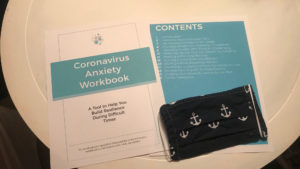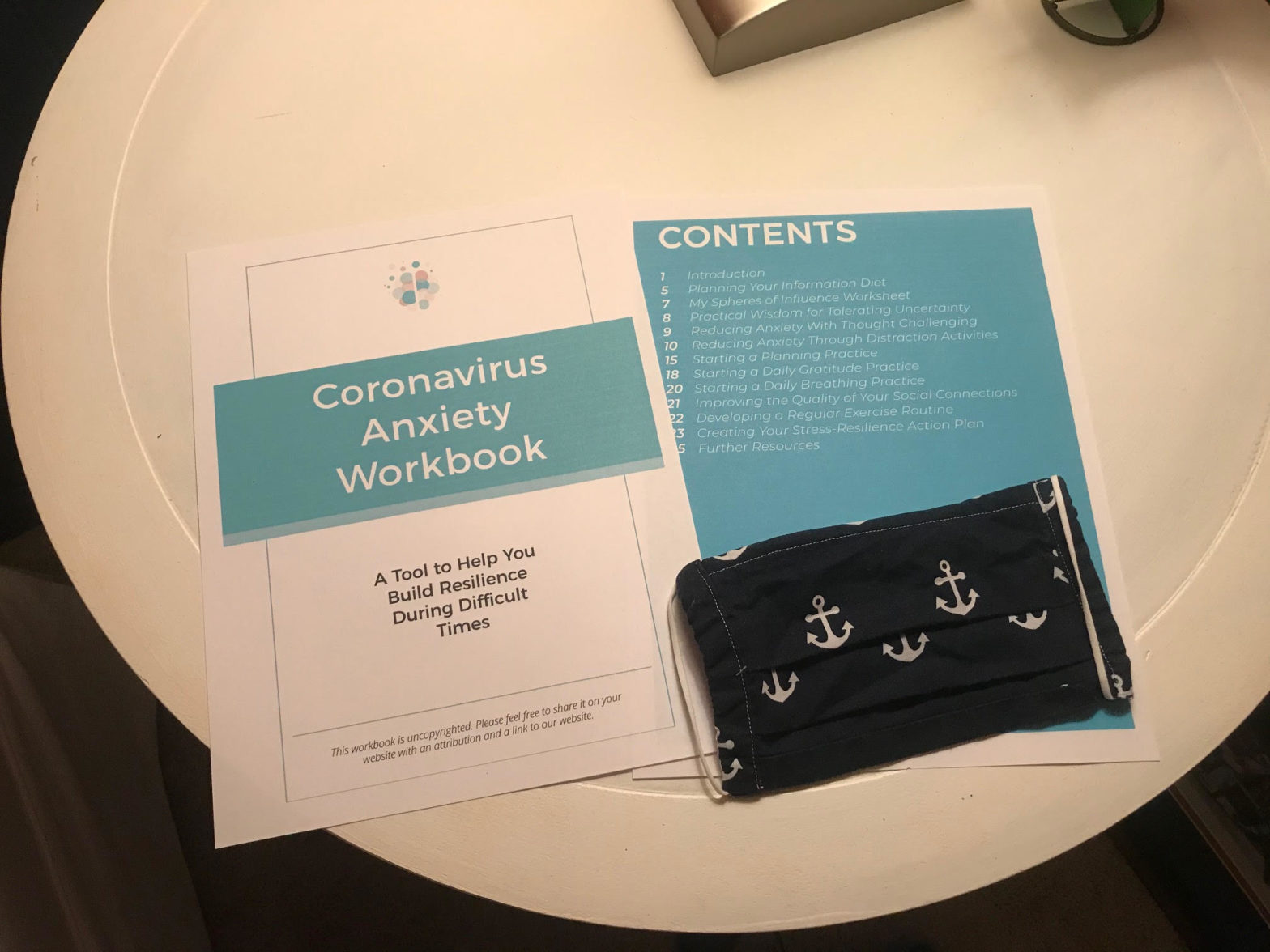by Aaron Schantz, MA, LLP, CAPS Staff Counselor
Perhaps you have a bit of time over break for yourself?
To some of you, that question feels opposite of your plans for break because you will be frantically busy. But maybe the other extreme is true and you may feel relatively confined to home with more time than you are comfortable? In either case–as well as those that fall in between–may I suggest a resource?
Stress and anxious thoughts
A common refrain I hear from students is that anxious thoughts can emerge in the quieter moments of their lives. Activity, work, academics, relationships can all occupy one’s time and mind space, but in the absence of those things, students realize what feelings they may have been avoiding. Avoidance and anxiety often go hand-in-hand.
anxious thoughts can emerge in the quieter moments
But maybe you’ve made a decision that you would like to spend some time recharging and re-evaluating before returning to campus for Spring semester.
If you are a faithful follower of the CAPS blog, thank you! You may have seen this workbook introduced in an earlier post by Dr. Russner. We simply wanted to promote it further in case your semester break allowed and invited some time with your stressors and anxious thoughts in the face of the COVID realities.
The Workbook

Although the resource is called the Coronavirus Anxiety Workbook, its approaches are not limited to addressing COVID worries. The concepts and approaches are very generalizable to common life stressors and our responses to them. To call it a workbook may call to mind a “study guide” format that feels too much like homework. In actuality, the format is full of links to helpful websites, has suggestions in lists to jumpstart your own personal brainstorming, and a few simple visuals for your sketching in your own observations and insights.
The “workbook,” then, is less a structured journal, and more of an interactive guidebook. At 20-ish pages, the length hopefully feels manageable. It is available in 7 languages. Maybe additional support is a gift you can give yourself over semester break or whenever you come across this blog post!
For additional resources, check out hope.edu/caps/resources or browse through our other recent CAPS blog posts.


